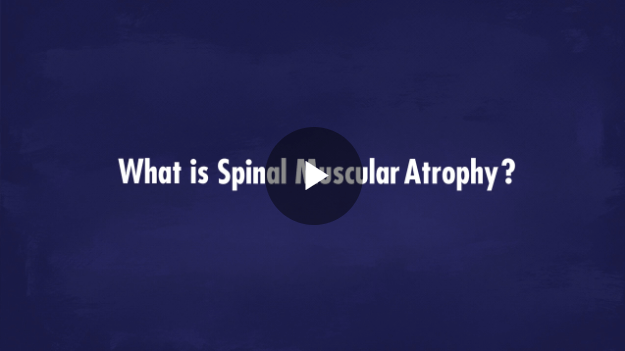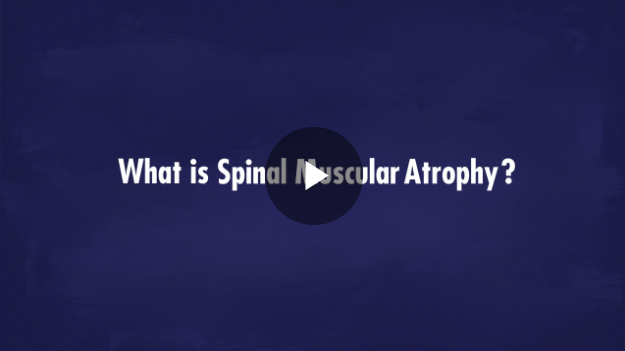Together in SMA with Biogen
Supporting individuals with SMA and their carers
Together in SMA seeks to bring you up-to-date information about the condition and its symptoms, care options and insights from experienced members of the SMA community. We’re grateful for the feedback and involvement of the SMA community. We look forward to working together into the future, to provide a comprehensive resource for people living with SMA.
Understand SMA
What is SMA
SMA is characterised by a loss of important cells in the spinal
cord called motor neurons. Over time, the breakdown of these
neurons leads to a gradual decline in muscle size and strength.
While primarily a childhood condition, SMA can be diagnosed
in adolescents, and sometimes beyond 18 years of age.1
- What is SMA?
- Causes and genetics
- Effects on life
- Signs and symptoms
References:
1. Prior TW, Leach ME, Finanger E. Spinal Muscular Atrophy. 2000 Feb 24 [Updated 2020 Dec 3]. In: Adam MP, Everman DB, Mirzaa GM, et al., editors.
1. Faravelli I et al. Nat Rev Neurol 2015; 11: 351‑9.
2. Lunn MR and Wang CH. Lancet 2008; 371: 2120‑33.
3. Cure SMA. Understanding SMA. https://www.curesma.org/wp-content/uploads/2020/08/08262020_Understanding_SMA_vWeb.pdf.Accessed: May 2025.
4. Wang CH et al. J Child Neurol 2007; 22: 1027‑49.
5. Rossoll W and Bassell GJ. Results Probl Cell Differ 2009; 48: 289‑326.
6. Butchbach M. Front Mol Biosci 2016; 3: 7.
7. Kaczmarek A et al. Expert Opin Investig Drugs 2015; 24: 867‑81.
8. Munsat TL and Davies KE. Neuromuscul Disord 1992; 2(5‑6): 423‑8.
9. D’Amico A et al. Orphanet J Rare Dis 2011; 6: 71.
10. Farrar MA et al. Emerging therapies and challenges in spinal muscular atrophy. Ann Neurol. 2017;81(3):355‑368.
11. Kolb S and Kissel J. Neurol Clin 2015; 33: 831‑46.


















































